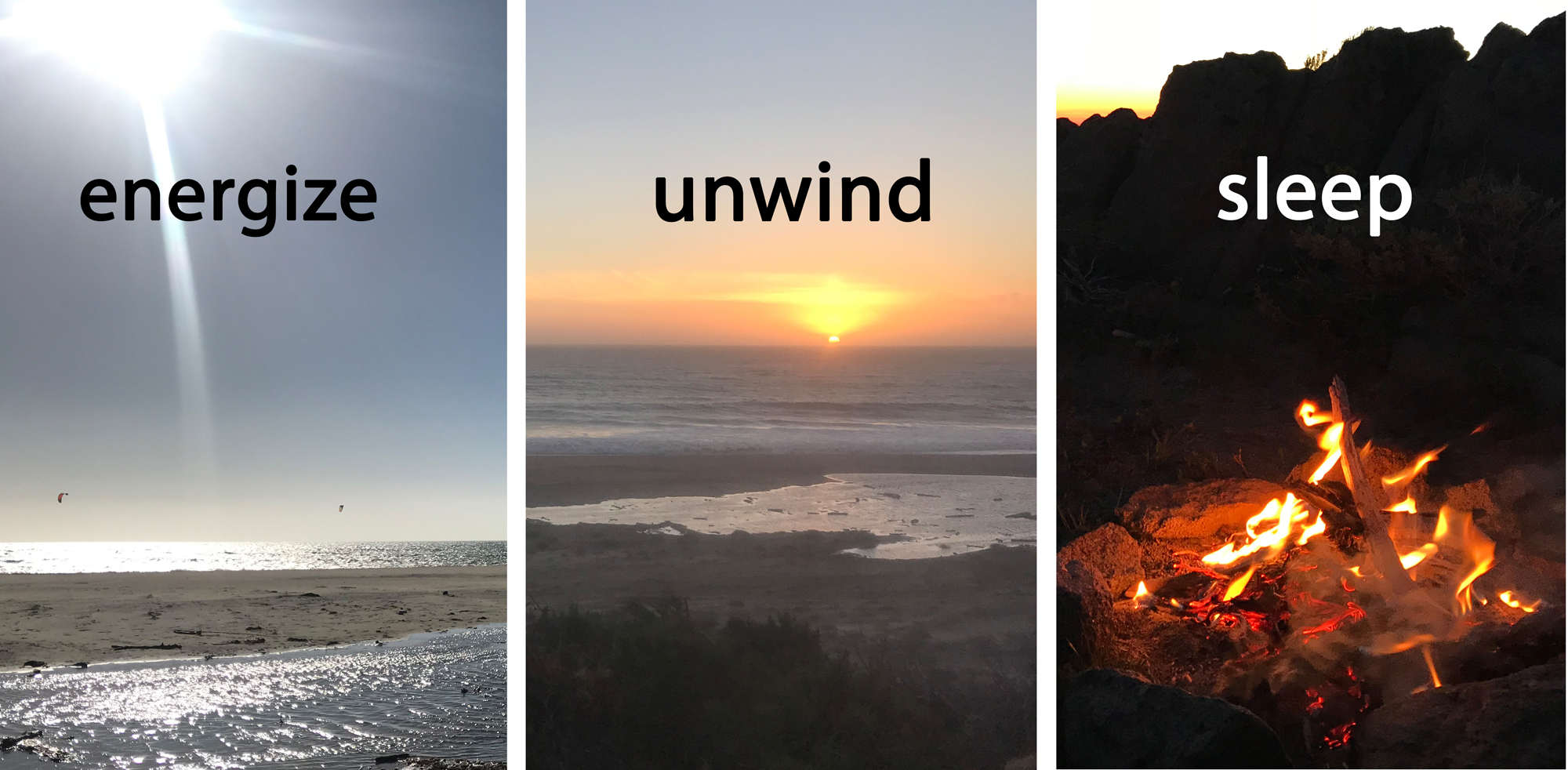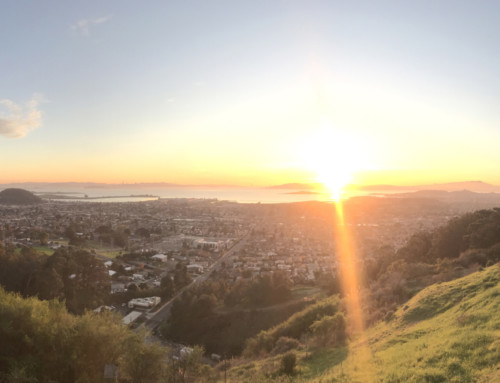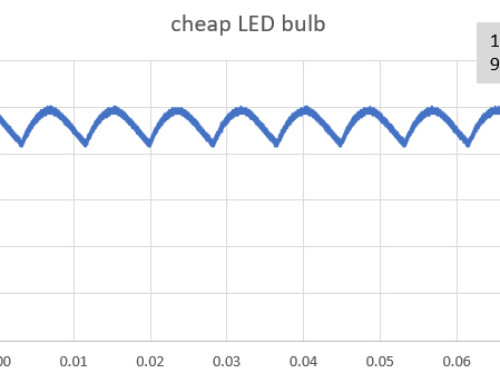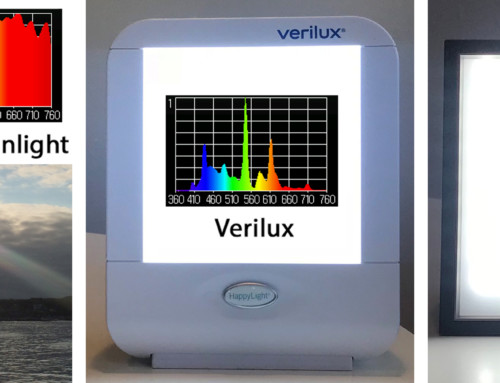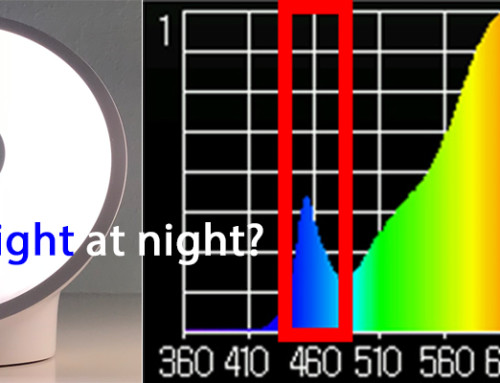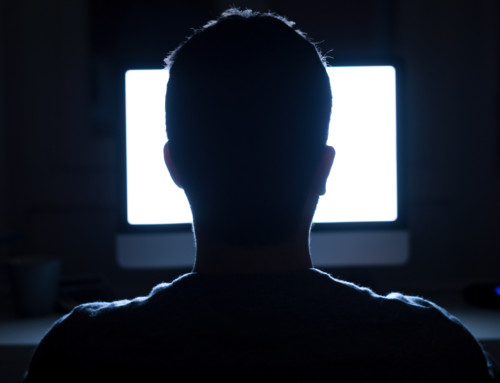The end of daylight savings signals the start to the darkest time of year. With the return of standard time, many of us will be leaving work after sunset and in some cases arriving before sunrise. And yet, our bodies depend upon exposure to bright natural light during the day to feel awake and alert – we need bright blue-rich light stimulate our energy, mood and metabolism! Unfortunately, the artificial lighting in our homes and offices does not provide nearly enough light during the day to make us feel energized and alive. Artificial light does not provide the cues we need to maintain our circadian rhythms and overall health and wellness. When we fall back at the end of daylight savings, we spend more time with artificial light and it becomes even harder to connect with the cycles of natural light. Shifting our time clocks by an hour also requires our body clocks (circadian rhythms) to adapt. Fortunately there are a couple of practical things we can do when we fall back to standard time, here we share our Top Four Healthy Lighting Habits to offset the season of darkness.
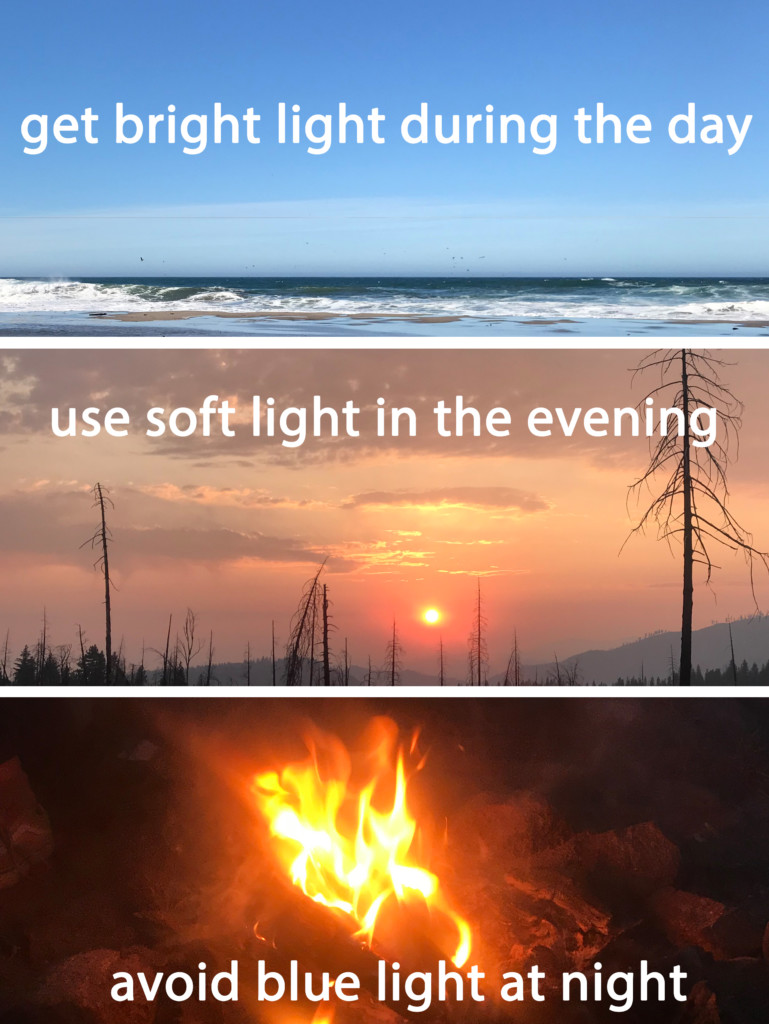
Natural light tells when to be energized, when to relax, and when it is time for recovery and sleep. Many of us don’t get sufficient exposure to natural light to feel our best. We get even less natural light after we ‘fall back’ to standard time. See our ‘healthy lighting tips’ below for 4 practical ways to support health and wellness during the dark winter months!
Top four healthy lighting habits!
how not to fall back into darkness
(1) remind your body it’s day time = get outside during the day
15-30 minutes of daylight each morning will help you feel better and sleep easier.
note: it doesn’t have to be sunny and you don’t have to exercise – just enjoy the light!
Science: most cloudy days are still 10-100x brighter than your average office
(2) minimize your exposure to blue-rich light two hours before bed
use incandescent, or blue-light free LEDs in your bedrooms and evening spaces
note: screens emit an enormous amount of blue light – use f.lux, Nightshift, in the evenings
Science: blue light signals daytime and therefore disrupts sleep and recovery
(3) choose indoor lighting which is similar to the cycle of natural light
favor brightly lit spaces during the day (especially in the morning) and avoid dimly lit spaces!
note: you don’t have to live in darkness at night – use blue-free light sources safely at night
Science: sunlight is bright and blue-rich, fire and candle light is soft and contains no blue light
(4) use light therapy as a way to get extra bright blue-rich light each morning
for those with difficult climates or schedules, use a light therapy lamp each morning
note: as little as 15-30 minutes of extra light exposure each morning supports energy, mood and sleep!
Science: we need sufficient bright blue-rich light during the day for healthy circadian rhythms
Light is our master clock, telling us when to be awake and alert and when to relax and recover (for more on the science of light and health click here). Our eyes have a third type of photoreceptor which doesn’t directly relate to our vision, but instead senses the time of day by measuring the intensity and color of light in our environment. Bright blue-rich daylight stimulates our day-time hormones (Serotonin, Cortisol etc) as well as our mood, energy and metabolism. The absence of blue-rich light stimulates our night-time hormones (Melatonin etc) and naturally prepares us for relaxation, recovery and sleep. Scientific studies clearly show that we require BOTH exposure to bright light during the day and ‘biological darkness’ to feel and sleep our best. Unfortunately, our indoor spaces are lit for visual tasks (our ability to see) and do not provide the cues we need to support our natural sleep/wake cycles. Artificial light is very different than natural light. Artificial light does not change with the time of day (color or intensity), does not provide enough light during the day, and provides too much light at night (for more or the differences between artificial and natural light click here). Our bodies depend upon cues from natural light to maintain our health and wellness. When we’re asked to adapt to a new schedule, or travel to different time zones, we benefit by increasing our exposure to natural light!
Additional resources:
– Forbes article: Light is the new all natural ingredient for health and wellness

